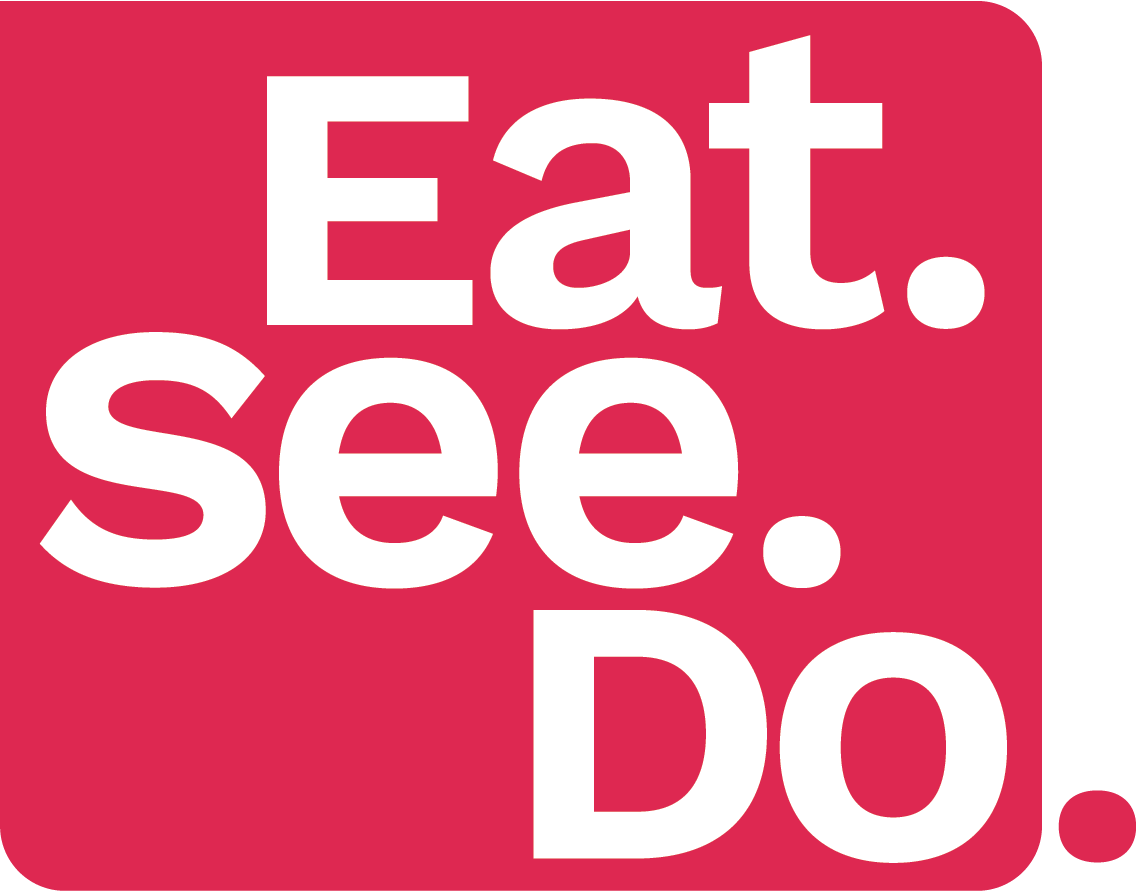The fine dining world can be intimidating.
Whether you’ve had the awkward moment of ordering at a restaurant and encountering an unfamiliar word on a menu, or you want to up your hosting game with those post-pandemic cooking skills and throw a multi-course dinner party—but don’t know where to start—we’re here to help.
We’ve put together a guide with phonetic pronunciations and definitions so next time you’re out, or you’re the host, you know exactly what to do.
Courses
Dining courses can range from three courses all the way up to 12. A three-course meal consists of an appetizer, main dish and dessert. Additional courses build on this skeleton—in a full 12-course meal, you would have hors-d’oeuvres, amuse-bouche, soup, appetizer, salad, fish, main course, palate cleanser, second main course, cheese course, dessert and mignardise.
We’ve included a list of course terms you may have heard of, but don’t actually know how to say or where they come in the order of things. These particular terms originate from French fine dining, but many cultures and cuisines have their own terms for the same things.
Hors d’oeuvre (oar durve): The literal translation is “outside the work.” An hors d’oeuvre is served before the commencement of the meal. The phrase is often synonymous with an appetizer, but an hors d’oeuvre is a small dish, often eaten by hand, that’s separate from the composition of the meal itself. At cocktail parties, the hors d’oeuvre can bridge the gap from when diners arrive and the beginning of the meal. A canapé (kan-ah-pay) is a type of hors d’oeuvre, usually a piece of bread or pastry served with something savory like meat and cheese.
Amuse-bouche (ah-mooze boosh): Also sometimes confused with an appetizer, an amuse-bouche, or “mouth amuser,” is a morsel of food complementary from the chef meant to prime the diner’s palate for the meal ahead with bold flavors and introduce them to the chef’s style.
Mignardise (min-yard-EEZE): To round out a long, perfectly portioned meal, a bite-sized dessert, or mignardise, is the best way to end the night. You may have heard the term “petit four” (peh-tee for), which translates to little oven. Bite-sized baked desserts are considered petit fours, while a cute, small dessert that is not baked would be a mignardise.
Types
There are also different types of menus or dining experiences, depending on the restaurant or the chef’s personal style. Here’s a few to be aware of.
Prix-fixe (pre-fiks): Prix-fixe meals are often seen during local restaurant weeks or on special occasions like Valentine’s Day, where restaurants will put together a multi-course meal for a set price. The number of courses will vary, and diners can choose between a select number of dishes for each course. Table d’hôte (tob-luh de-oat), meaning “host’s table,” is similar to a prix-fixe meal, but some entrees may vary in price, so the total meal price will differ depending on the choices made.
À la carte (ah la cart): The opposite of a prix-fixe meal is à la carte. Some side dishes are often listed as à la carte, although the idea is really just ordering individual plates from the menu, each with their own assigned price.
Tasting menu: A tasting menu is composed of smaller portioned dishes served as a cohesive, multi-course meal with no substitutions, unless there is a dietary restriction.
Omakase (oh-ma-kah-say): The Japanese word translates to, “I will leave it to you.” An omakase experience is menu-less, and the diner’s meal is completely in the hands of the chef’s whim in that moment. Omakase experiences are intimate, with a small number of diners and direct interaction with the chef, and expensive. The meal incorporates seasonal ingredients, and while generally the word is associated with sushi masters preparing a meal at a sushi bar, the phrase “omakase-style” is being used more frequently in all types of cuisine to indicate a specific type of eating experience.
This is the start of a new “Demystifying” series, where we look at intimidating aspects of the food world and break them down. Have you ever seen something on a menu and had no idea what the dish actually was? Did it feel awkward to ask? Send any food-related terms or concepts that you’re curious to learn more about to [email protected] and we’ll get all your questions answered.

